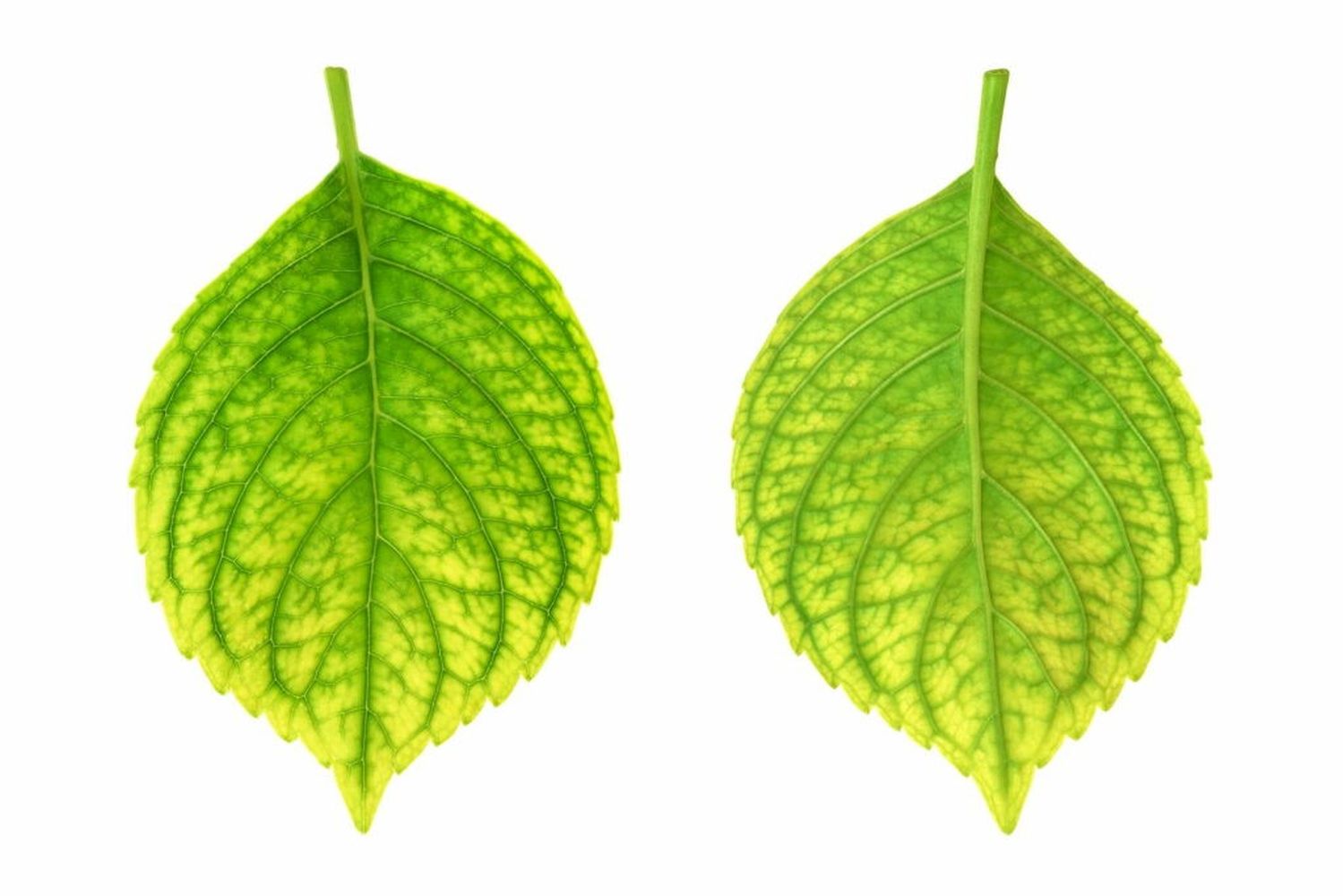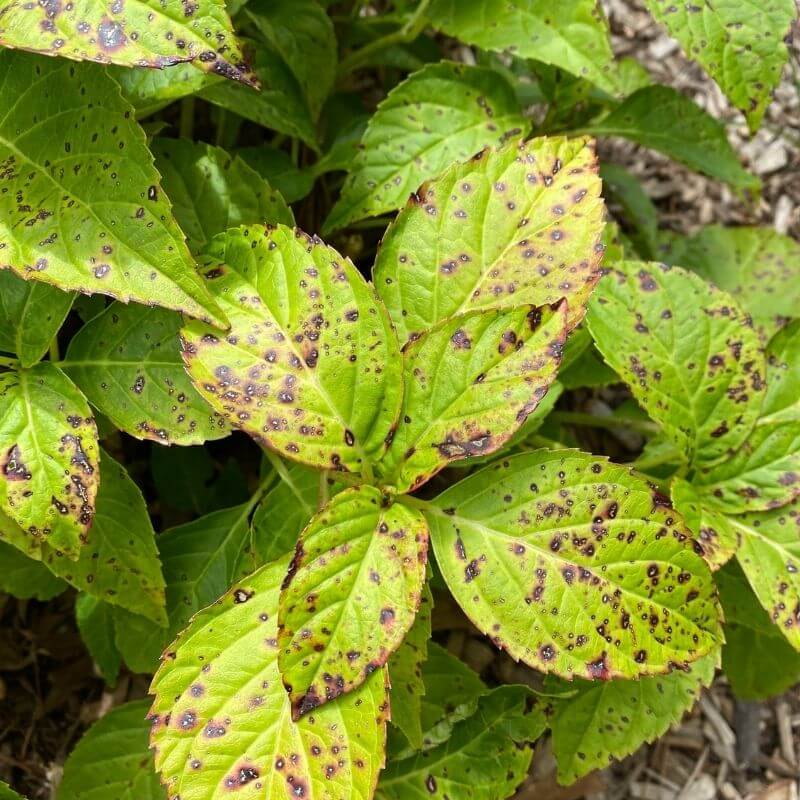Hydrangea Leaves Turning Yellow Things To Know Before You Get This
Hydrangea Leaves Turning Yellow Things To Know Before You Get This
Blog Article
All About Hydrangea Leaves Turning Yellow
Table of ContentsFascination About Hydrangea Leaves Turning YellowRumored Buzz on Hydrangea Leaves Turning YellowOur Hydrangea Leaves Turning Yellow IdeasHydrangea Leaves Turning Yellow Things To Know Before You Get ThisThe Single Strategy To Use For Hydrangea Leaves Turning YellowOur Hydrangea Leaves Turning Yellow Diaries
One opportunity is that the plant is not obtaining adequate sunshine. Throughout the winter season months, the days are shorter, and the sun is not as extreme, so make sure to place your Hydrangea in an area where it will access least six hours of sunlight each day. Another factor for Hydrangea yellow fallen leaves in winter can be excessive water.The fallen leaves might be turning yellow due to temperature stress. Hydrangeas like cooler temperature levels, so if the plant is in an area that gets also warm or also cool, the leaves will certainly transform yellow. If you assume temperature tension may be the concern, try moving your Hydrangea to a various location or safeguarding it from the elements with a cloth wrap.
New development will certainly be observed in very early springtime, when you'll discover green vegetation sprouting from stems that could have appeared dead. However, if your fallen leaves are turning brownish in spring or summer season, there are likely other variables at play. The exact reasons rely on the variety and their growing problems, yet in basic, brownish hydrangea leaves are a sign of dehydration and wilting in the warmth
Hydrangea Leaves Turning Yellow - Questions

Wilting is triggered by absence of wetness, indicating there are a couple of good tricks to make use of to avoid this from happening. Offer your hydrangeas a healthy glug of water every few days when the temperature levels are climbing high, and treat the dirt to far better keep dampness. After sprinkling, a dab of mulch around the base of each plant should assist with this by maintaining moisture in the soil.
This interrupts fungi spores from settling. "The Botrytis fungus grows in trendy and damp conditions, so avoid showering the entire plant when sprinkling and just water at the origins," shares Roy Nicol, a Master Horticulturist. If you have actually missed the chance for avoidance and are handling an infection you ought to remove all dead or seriously contaminated leaves from the plant and damage them to avoid additional spread.
How Hydrangea Leaves Turning Yellow can Save You Time, Stress, and Money.
As a basic general rule, we recommend removing fallen leaves when they are 50% brownish or greater. While important source browning caused by any factor can't be reversed, taking the corrective activity defined above will websites certainly urge the plant to expand brand-new fallen leaves so the damaged leaves either diminish normally or can be gotten rid of by the gardener.
Hydrangeas should be sprinkled only when the leading few inches of dirt are dry, and need to be provided a complete soaking each time. Underwatered hydrangeas are most likely to have yellow, wilting, and sagging leaves. Raise the frequency and quantity of watering for your bush to help fix this concern. Hydrangeas choose rather damp (but not soggy) dirt, so give the origins an excellent saturating and permit water to be soaked up into the soil prior to using much more.
The means you take care of hydrangea leaves transforming yellow relies on the crucial issue triggering the yellow leaves. This can be difficult to determine, once you do you will certainly have the ability to adjust your plant treatment as necessary to look after the problem. As discussed before, a common problem with hydrangeas is nutrient shortages.
Hydrangea Leaves Turning Yellow - An Overview
During the height expanding period, you need to water at a price of about 1 inch weekly. If you are fretted concerning not correctly sprinkling your hydrangeas, there are a click site number of points you can do. Including compost to the base of the plants over the origin zone aid to regulate the temperature around the hedge and preserve water in the dirt.
Alternatively, you can purchase and set up straightforward watering globes. Watering worlds hold water in them and slowly release this water right into the soil as the ground comes to be completely dry. Merely load the world with water, stick the spout into the dirt within the root area near the base of the plant, and leave it in position until all the water is gone.
If it is as well serious, some plants will certainly never ever recuperate from transplant shock and will certainly continue to decline till they pass away. Reduce transplant shock by consisting of as numerous roots as possible when excavating up your plant to relocate it. Be sure to provide more water than normal in the weeks following planting to assist your plant recuperate and grow new roots.
What Does Hydrangea Leaves Turning Yellow Mean?
To stay clear of spreading fungal illness, make sure to thouroughly tidy and decontaminate any trimming devices before and after usage. Lastly, you can attempt to purge the roots with water to remove excess fertlizer.
Your hydrangea plant favors well-drained, damp dirt. If the pot has bad drainage, or your soil is swamped, the leaves will start to turn yellow.
If you don't sprinkle your hydrangea plant for greater than a week, the fallen leaves will begin turning yellow. Fungal illness that assault the plants often tend to reveal join the roots and the fallen leaves of the plant. Among these diseases is origin rot, which makes it hard for the plant to feed appropriately.
Some Known Facts About Hydrangea Leaves Turning Yellow.

Report this page